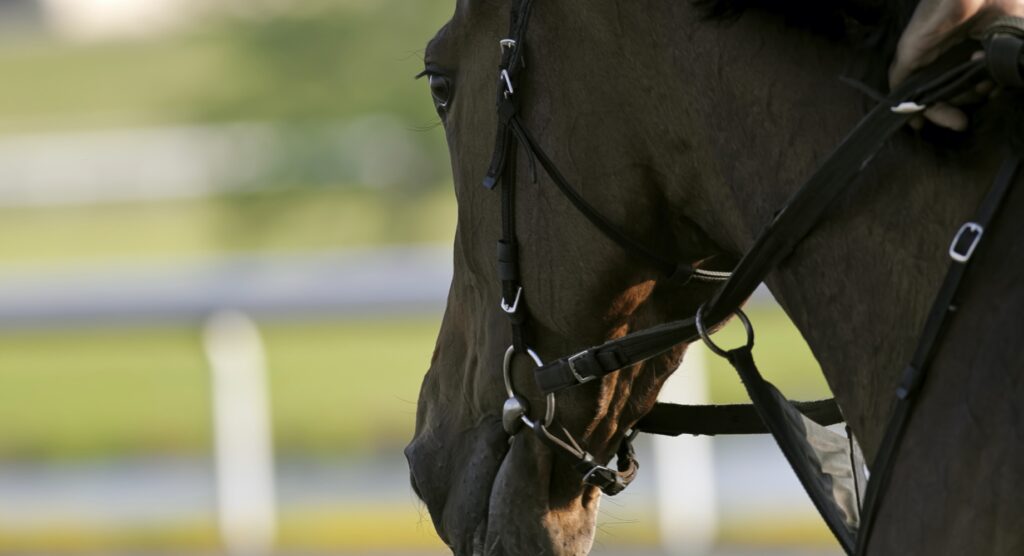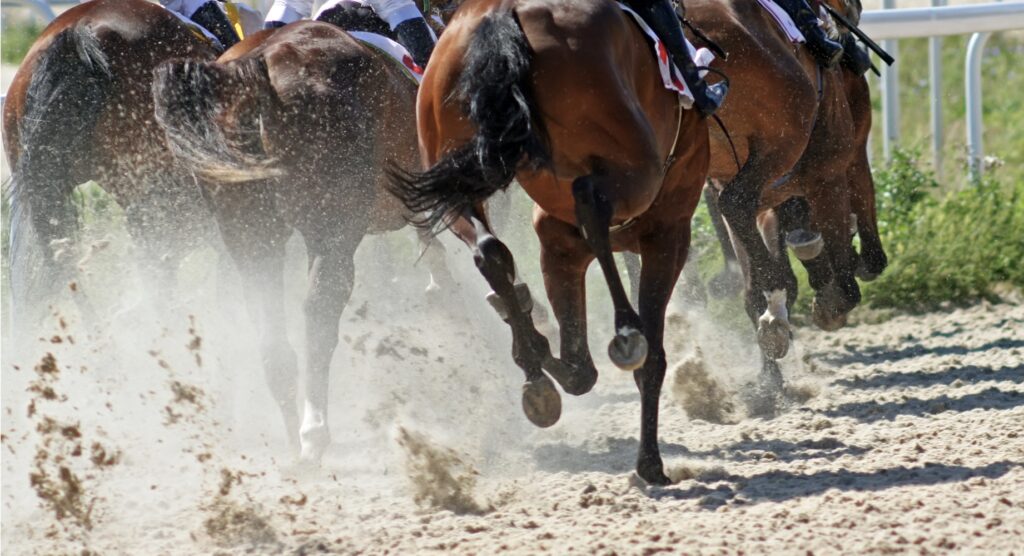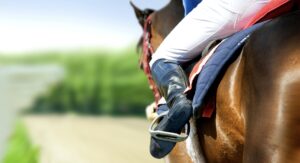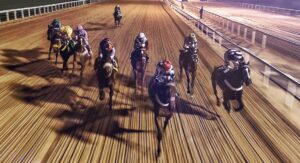The Racing Checklist
When assessing a horse race, there are a multitude of angles and statistics that can arise from research. However, it can get difficult to remember what to look for, and more importantly, to recall what trends have been unearthed. Below is a checklist of the various factors that need to be scrutinised.
Comprehensive Race Analysis Checklist
With so many different resources for punters to use for their study, there is no excuse to leave any stone unturned. Firstly pour over the race card. What we are searching for here are any potential angles that can be investigated, such as:
Course
Course
Look at the horse and trainer record at the course. If the horse is yet to have a run at the track, look for results at a comparable course i.e. galloping track, undulating etc.
Does the trainer do well when sending their runners to the course? How far away is it from their stables – perhaps significant if only sending one runner for a low grade race and the course is a long way from home?
Trainer
Trainer
Look into the trainer’s record in the last 21 days, researching their actual number of winners compared to their actual number of winners. Take a historical look at how the trainer performs at the particular time of year to gain an idea of whether they display any seasonal bias.
Yards who are out of form (especially when they usually operate at a reasonable strike rate) should be treated with caution as baron spells are often the result of illnesses at the stables, which can affect the whole string, impacting upon performance.
Horse
Horse
How does the horse get on at the time of year? Some horses display biases based upon the season. This can be down to their training regime, natural cycles, or preference for certain weather conditions.
Jockey
Jockey
How does the jockey do at the course, have they ridden the horse before and what is their record like at the track?
Distance
Distance
How has the horse performed when tackling the distance? Will a change in trip suit on breeding? What sort of record does the trainer have over the trip?
Some trainers such as Alan Swinbank and David Nicholls excel at certain distances (Swinbank with stayers, Nicholls with sprinters)
Headgear/First Time Headgear
Headgear/First Time Headgear
Can be investigated from a horse, trainer and sire perspective. Analyse trainer and sire performance when using the headgear and look to see how the horse performed with headgear in the past (if applicable)
Days Since Last Race
Days Since Last Race
Check the individual horses and the trainers’ performance off similar absences from the track to see if there is a pattern and whether the length of time off is a positive or negative.
Change in Class
Change in Class
Is the horse running in the same class as LTO? If not, has it run in this class before and how has it performed? Some horses struggle significantly when upped in class – the races are not necessarily always run faster, but horses have to contend with rivals with more class and acceleration.
Conversely, certain horses (usually the smaller ones) can do better in higher class races where they have to carry less weight.
Race Type
Race Type
How does the trainer perform in these contests? Is the horse switching from a different race type, such as maiden to handicap company? If so, how does the trainer do with his horses switching race types.
Certain handlers are adept at getting their runners well handicapped for their first foray outside of maiden company, whilst others (think Tom Dascombe – 0/61 with 3yo maiden to handicap switchers) are not.
Last Time Out Winners
Last Time Out Winners
How well do the trainers do with their last time out winners, and how has the horse performed on the back of a victory before (if applicable)
Surface switchers – Soft/Firm, Turf/All-Weather etc. – What sort of ground has the runner been competing on recently?
If it is changing surface, how has the horse and its sire performed on different circumstances? Could the change of ground prompt improved form?
Number of Runners
Number of Runners
How has the horse done when competing in a comparable field size? Not a concrete rule, but front runners by and large do better in smaller fields where they can dictate, and hold up horses prefer more runners for an increased probability of an even pace.
Racing Style
Racing Style
How does each runner generally run and what is their record when adopting different styles of running i.e. do they excel when front running, or perform better when held up, etc.
Draw & Pace
Draw & Pace
Is there a draw and pace bias at the track? Where is the early pace going to come from and what tempo is the contest likely to be run at?
These angles can be investigated using various services and pieces of software which are listed and discussed in the Racing Resources (to be done) article.
Use this checklist and start placing your bets at one of these recommended betting sites.

In Running
There is also a mental checklist that can be followed when looking at in running trends:
- How often have the horses traded 50%+ shorter than their Betfair Starting Price?
- How have the horses traded when racing over CD?
- How often have they traded short on similar courses and in similar ground?
- How often have the horses won when trading 50%+ above their BSP? Do they come off the bridle and run on?
- How many times have the horses won when they have traded odds on in running?
For individuals who wish to interrogate in running trends and gain an advantage when punting on horses in running, they must have Proform. This software is expensive, but is the only program on the market which provides detailed and advanced in running data.

Making It Digestible
After taking into consideration all of the factors listed above, the best way to present the information in a digestible format is to create a race card table for each contest that is being analysed. When researching different factors, some of the time the results will be neutral, i.e. there will be no positive or negative strong trend.
This is not an issue, as when strong statistics (be it positive or negative) are uncovered, they can serve to provide a foundation on which a betting strategy can be implemented.
A race card makes things clear, as it includes the following information:
| Race Time |
|---|
| – Bias to horses who are certain age? Sex? |
| – Positive stats |
| – Negative stats |
| – In running trends (if betting during the race) |
| – Comments (Analysis of the above data and visual from research) |
It allows all of the factors that could influence the race, to be displayed in an organised and memorable manner. It may be slightly time consuming at first, but is better than doing things off memory, where vital statistics and angles may be missed out.




